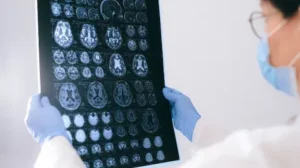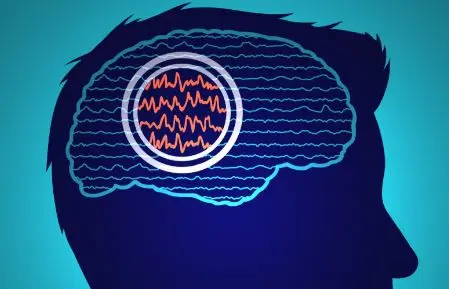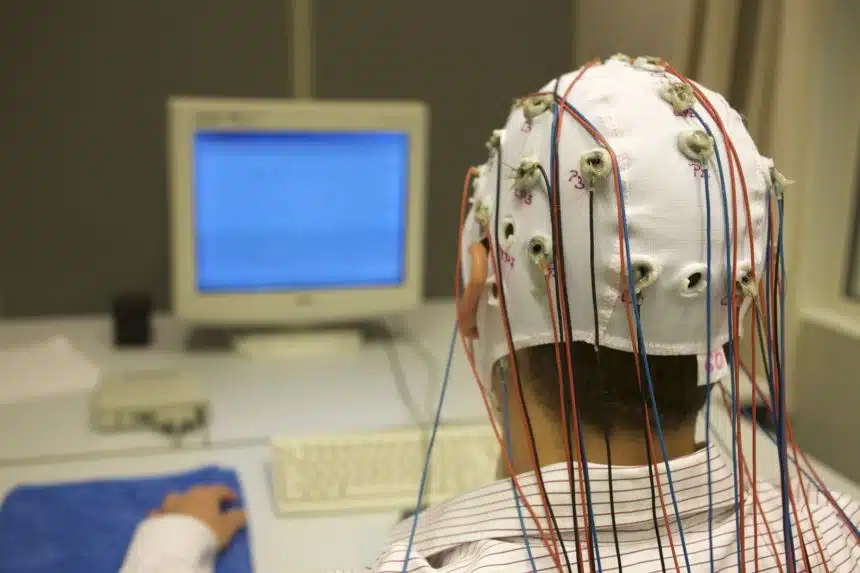AI Tool Helps Researchers Treat Child Epilepsy
Researchers have developed an artificial intelligence tool that has the potential to cure a form of treatment-resistant epilepsy. The tool can identify small focal cortical dysplasias on imaging that are typically missed by radiologists. These lesions can cause recurring seizures, and an accurate imaging assessment can assist surgeons in removing them, which often results in seizure cessation.
“Cortical dysplasias can be impossible for traditional MRI techniques to identify,” Emma MacDonald-Laurs, MD, a neurologist at the Royal Children’s Hospital Melbourne, said regarding her team’s findings. “Failure to locate the abnormal tissue slows the pathway to a definitive diagnosis and may stop a child from being referred for potentially curative epilepsy surgery.”
Researchers trained the tool using MRI and FDG-PET imaging from 54 patients who had been diagnosed with both focal epilepsy and bottom-of-sulcus dysplasia. The group extracted 12 imaging features to determine which best distinguished dysplastic from normal-appearing brain tissue, using those to refine the model’s detection capabilities.
Before the study, more than 80% of the patients had their lesions previously missed by radiologists. When testing the tool, the team noted a 94% accuracy rate for identifying bottom-of-sulcus dysplasia. Of those patients, 12 underwent surgery; 11 of them became seizure-free.
“Identifying the cause early lets us tailor treatment options and helps neurosurgeons plan and navigate surgery,” MacDonald-Laurs said. “With more accurate imaging, neurosurgeons can develop a safer surgical roadmap to avoid important blood vessels and brain regions that control speech, thinking and movement. Children also avoid the need to undergo invasive testing.”








